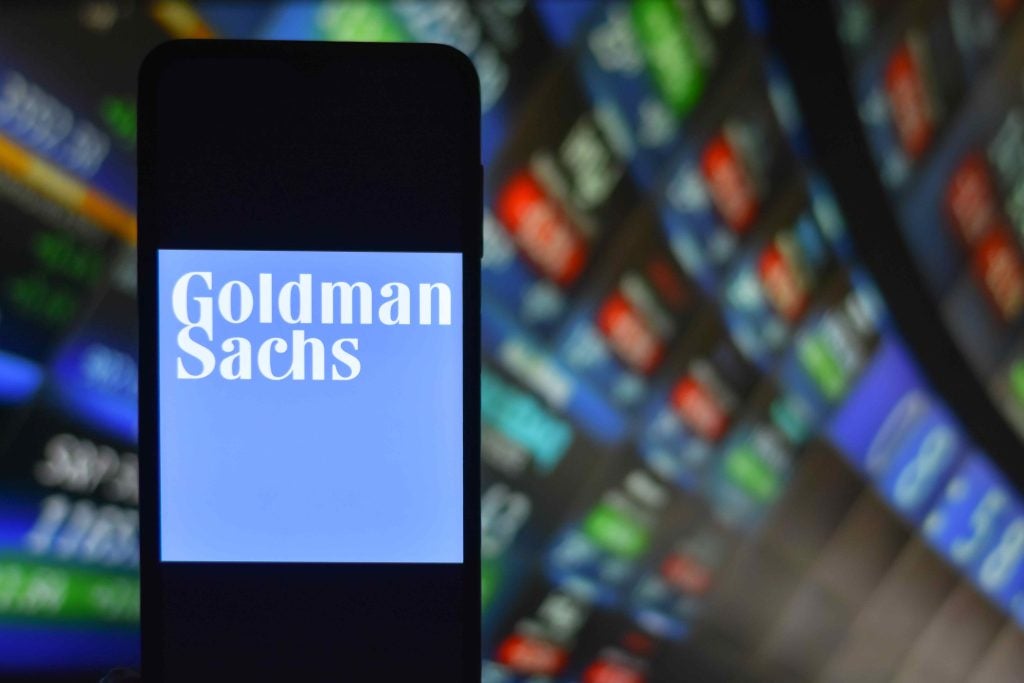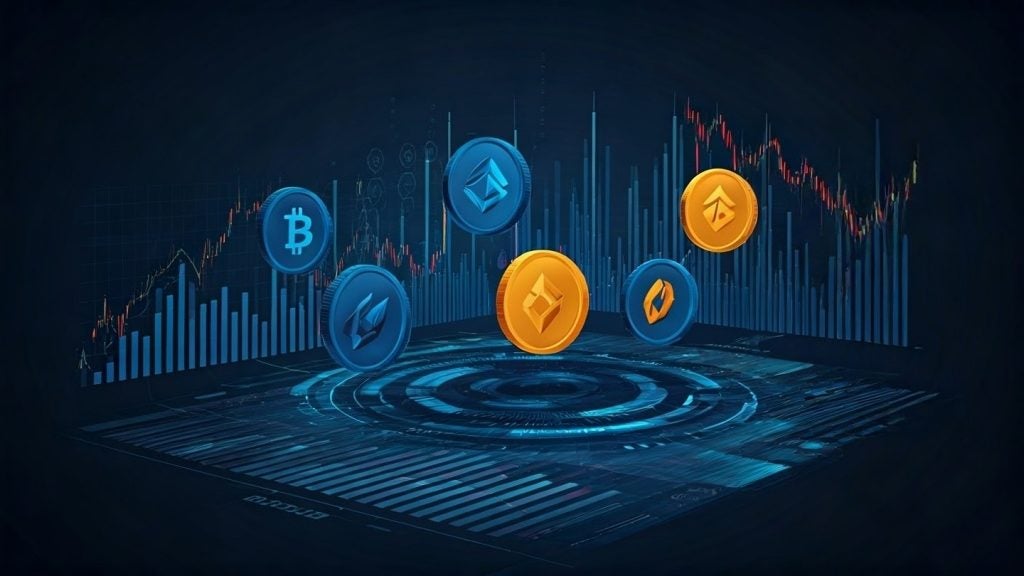
Asia-Pacific is the region most prone to data compromises, according to cybersecurity company Trustwave.
According to Trustwave’s 2019 Global Security Report, Asia-Pacific accounted for the most data compromises investigated in 2018, with 35%.
This overtook North America, accounting for 30%, down from 43% in 2017.
Asia-Pacific cybersecurity
“Some of the fastest growing economies around are in the Asia-Pacific market,” Trustwave’s vice president of research, Ziv Mador, tells PBI. “China, South Korea, Thailand, India, Indonesia, Malaysia, and so on.
“Asia-Pacific businesses are growing, making them better targets for cybercriminals.
“It takes time for these companies to develop awareness of cybercrime: recruiting effective teams, training them, and providing them with the tools they need.
“We have found that the most effective way of infiltrating an organisation is through social engineering, meaning education of employees is so important.
“In Asia-Pacific’s growing economies, it takes longer for companies to attain the same level of effectiveness in cybersecurity that you see in other regions.”
The report also found that the financial services industry is the second most targeted sector, accounting for 11% of cybersecurity breaches, behind retail with 18%.
“Large financial services companies have large amounts of customer data and information, so obviously they’re very lucrative targets for criminals,” Mador says.
“At the same time, the smaller companies are maybe not so well protected as their resources are more limited.”
Cybersecurity developments
Trustwave also finds that malware is increasingly hard to detect. Of examples analysed, 67% used obfuscation to avoid detection, up from 30% a year ago.
However, companies are all the more capable at detecting breaches and responding accordingly. The median time it took to detect a compromise fell from 67 days in 2017 to 27 in 2018.
Adoption of technologies, behavioural analytics, and stronger organisational security were the main causes of this, according to Trustwave.
“Our 2018 findings portray a story about adaptiveness, both from a business and cybercriminal perspective,” Trustwave CEO, Arthur Wong, comments on the findings.
“We are seeing the global threat landscape continue to evolve as cybercriminals, deterred by advanced monitoring and detection systems, go to extraordinary lengths to breach organizations by wielding new malware variants, zero-day exploits and social-engineering savvy.”
Read next:
2018 saw fivefold increase in cybersecurity breaches, according to FCA







